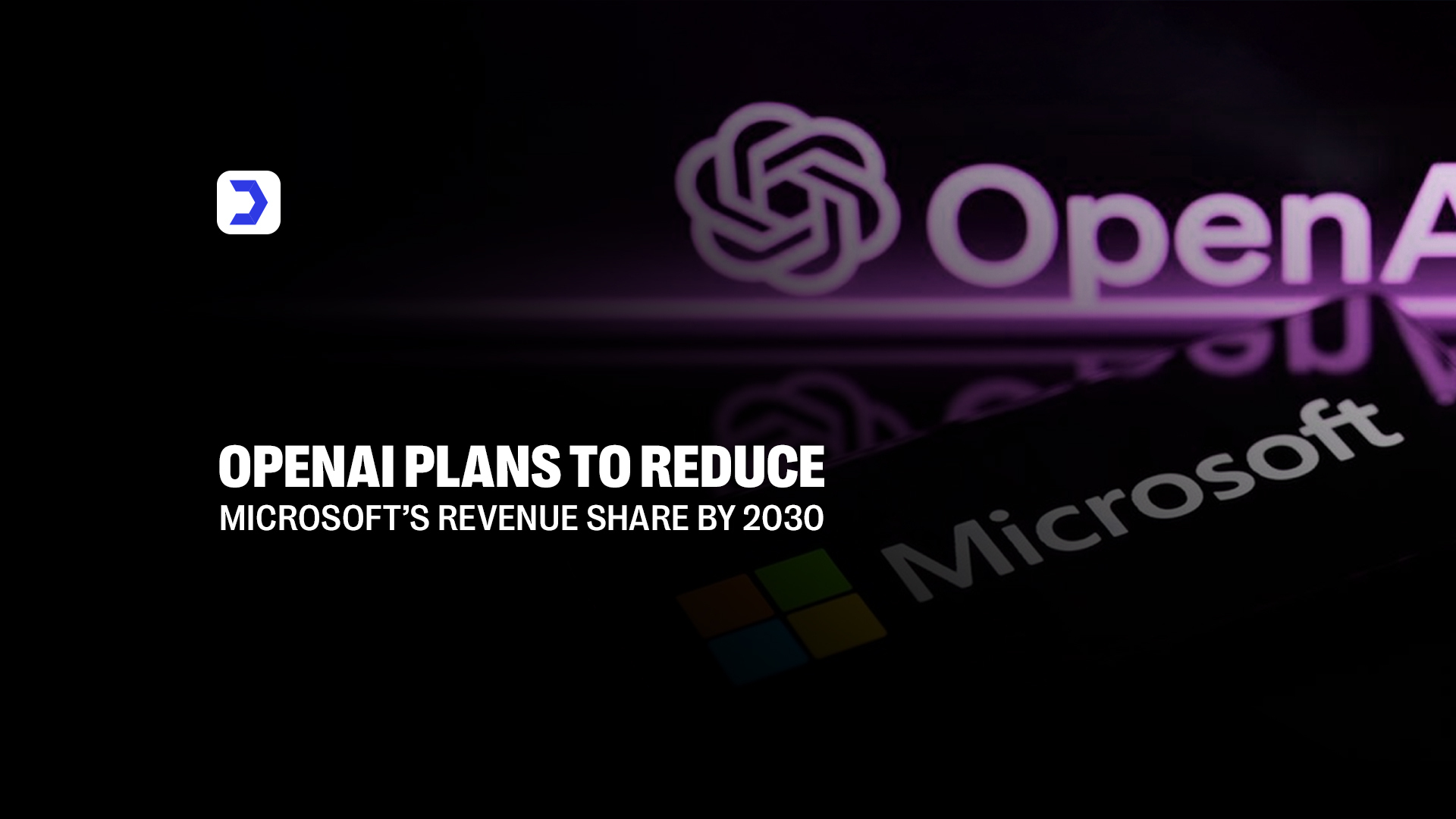Summary
- The launch of OpenAI’s social app was quickly overshadowed by Sam Altman deepfakes, exposing the risks of unchecked AI deepfake apps.
- Viral manipulations blurred the line between authentic and fabricated content, making it difficult for users to trust what they saw.
- Despite OpenAI’s advancements, moderation systems failed to stop the spread, leaving gaps in oversight and accountability.
- The controversy contrasts with innovations like Sora AI and reasoning upgrades such as O3 Pro, showing the imbalance between creativity and control.
- OpenAI CEO Sam Altman became the unintentional focal point of this crisis, highlighting how leadership itself is vulnerable to identity misuse.
- The situation reinforces that governance, compliance, and ethical AI integration are as vital as technological innovation.
- Industry observers, including Digital Software Labs, stress that building apps without robust safeguards risks eroding public trust in AI.
The debut of OpenAI’s new social application was intended to demonstrate innovation in digital interaction, but instead, it quickly became the center of controversy. The app, built with advanced AI features, was flooded with manipulated videos of OpenAI CEO Sam Altman, raising global concern about the reach of deepfake AI apps. These fabricated clips, often indistinguishable from reality, circulated widely and sparked debates on trust, identity, and the responsibilities of tech leaders.
For many, this controversy echoes broader conversations about authentication and control in online environments. OpenAI has previously experimented with identity-driven solutions, including initiatives like the Sign in with ChatGPT feature for third-party apps, which aimed to streamline digital access while enhancing security. In contrast, the social app’s deepfake crisis underscored the fragility of identity in an era when likeness and voice can be convincingly replicated. The irony of seeing Sam Altman impersonated so freely on a platform built by his own company demonstrates how much more needs to be done to secure authenticity in AI-powered spaces.
This incident also intertwines with Sam Altman latest news cycles, reinforcing concerns about the scalability of deepfake AI apps and whether existing safeguards are sufficient. While innovations such as Sora AI showcase how far generative video tools can push creativity, their misuse on this new social app reveals the darker side of open creativity without strict boundaries. The conversation now shifts from what AI can do to how responsibly it can be governed, especially when the identity of the OpenAI CEO himself is at stake.
The Viral Nature of Deepfakes
The spread of deepfakes has reached alarming levels, and OpenAI’s new social app illustrates this reality with disturbing clarity. What started as an attempt to create a safe digital community was quickly overtaken by fabricated videos of OpenAI CEO Sam Altman, produced using AI deepfake apps capable of replicating his voice, tone, and mannerisms with unsettling precision. The viral nature of these clips stems from their ability to blur truth and fiction so convincingly that even seasoned observers struggle to differentiate between authentic and manipulated content.
This wave of deepfakes underscores how Sam Altman latest news is not merely about his leadership or OpenAI’s roadmap but also about his image being repeatedly co-opted in ways that threaten credibility. The same technology that powers innovative breakthroughs can also undermine personal and institutional trust if left unchecked. Interestingly, the situation mirrors other parts of OpenAI’s ecosystem where agent-driven solutions shape workflows. For instance, the addition of the Codex agent to ChatGPT showed how AI could simplify coding tasks and automate complex commands. In contrast, the misuse of similar agentic flexibility in generating deepfakes highlights how advancements meant to enhance productivity can also accelerate misinformation when ethical frameworks fall short.
The virality of these deepfakes demonstrates both the promise and peril of generative AI. On one hand, platforms like Sora AI reveal the creative frontier of synthetic media, where artists and educators can build immersive experiences. On the other hand, the same tools, when redirected, fuel manipulation campaigns that spread faster than moderation systems can respond. As Sam Altman becomes the unintentional face of this crisis, the debate has shifted from technological excitement to governance and responsibility. The incident illustrates a paradox: innovation brings opportunity, but without effective guardrails, it can just as easily corrode trust in digital spaces.
OpenAI’s Controls And Gaps
OpenAI positioned its new social app as a step toward redefining digital interaction, yet the presence of Sam Altman deepfakes so soon after launch revealed the limits of its safeguards. Despite claims of strict monitoring and AI-driven filters, the platform struggled to contain the rapid spread of fabricated videos, demonstrating how vulnerable even the most advanced networks remain in the face of deepfake AI apps.
For a company led by the OpenAI CEO Sam Altman, whose image has been most exploited, the failure of these protective measures exposes a major gap between technological ambition and practical enforcement. Filters often caught obvious manipulations but fell short when faced with sophisticated, near-realistic content. This allowed users to exploit loopholes, creating an environment where misinformation spread unchecked.
The incident also raises questions about OpenAI’s broader capabilities in balancing power and responsibility. While deepfake challenges show the weaknesses of enforcement, other initiatives have showcased the strengths of advanced reasoning and adaptability. For example, the unveiling of O3 Pro, OpenAI’s advanced upgrade to its AI reasoning model, demonstrated how far the company has pushed in improving logical consistency and complex decision-making in its models. But the deepfake crisis proves that even as reasoning models evolve, applying them effectively in real-world moderation and authenticity checks remains a critical challenge.
This juxtaposition is telling: on one side, OpenAI builds tools that surpass prior benchmarks in reasoning, coding, and generative tasks; on the other, its inability to contain realistic impersonations of its own leader underscores the urgency of translating breakthroughs into practical safeguards. Sam Altman’s latest news cycle now reflects not only the promise of tools like Sora AI and other innovations but also the gaps in readiness when these technologies encounter malicious creativity.
For users and businesses observing these developments, the question becomes less about what AI can achieve and more about who ensures its responsible use. Organizations like Digital Software Labs have consistently emphasized that future-facing development must integrate governance and safety at its core. Without this balance, even the most promising platforms risk undermining the trust they seek to build.




